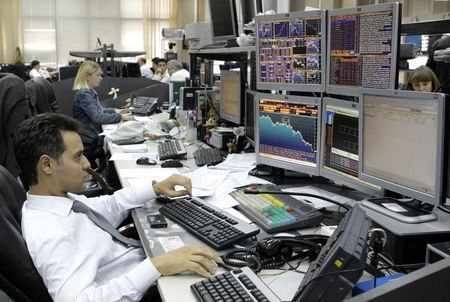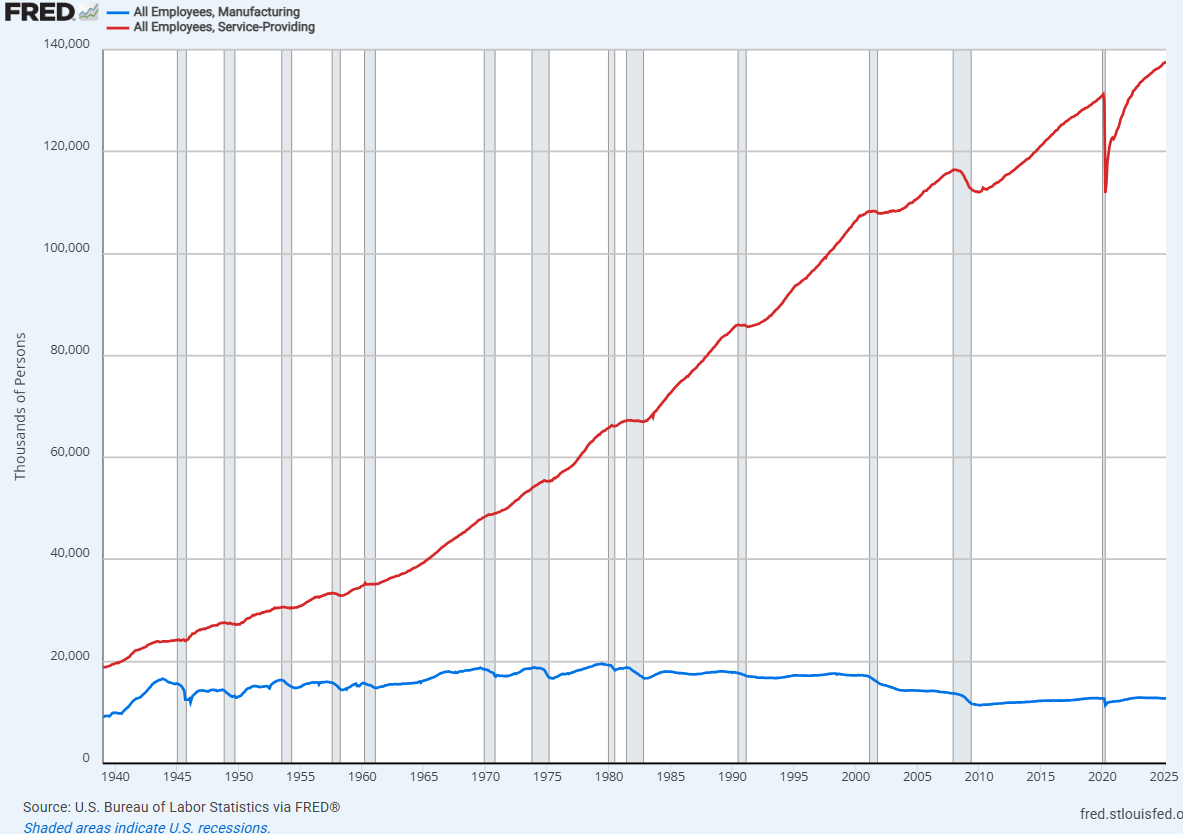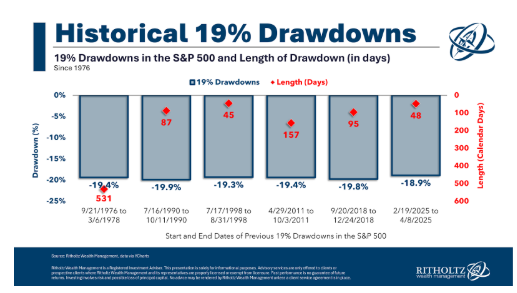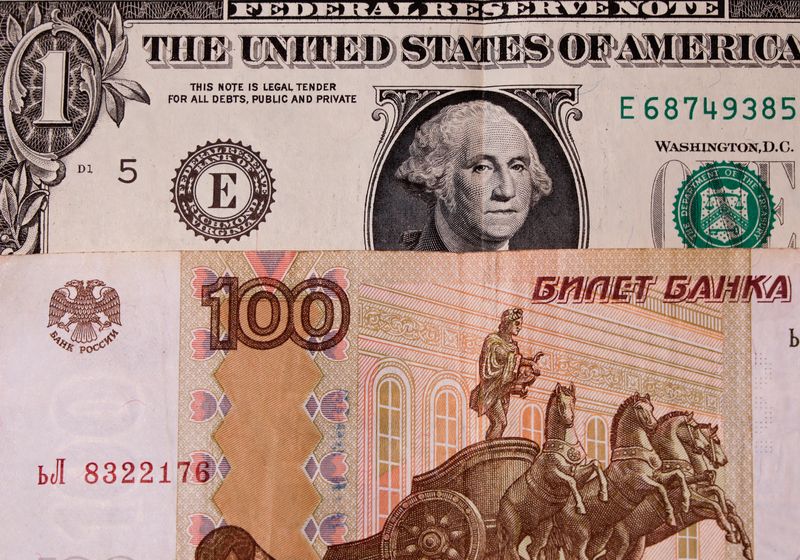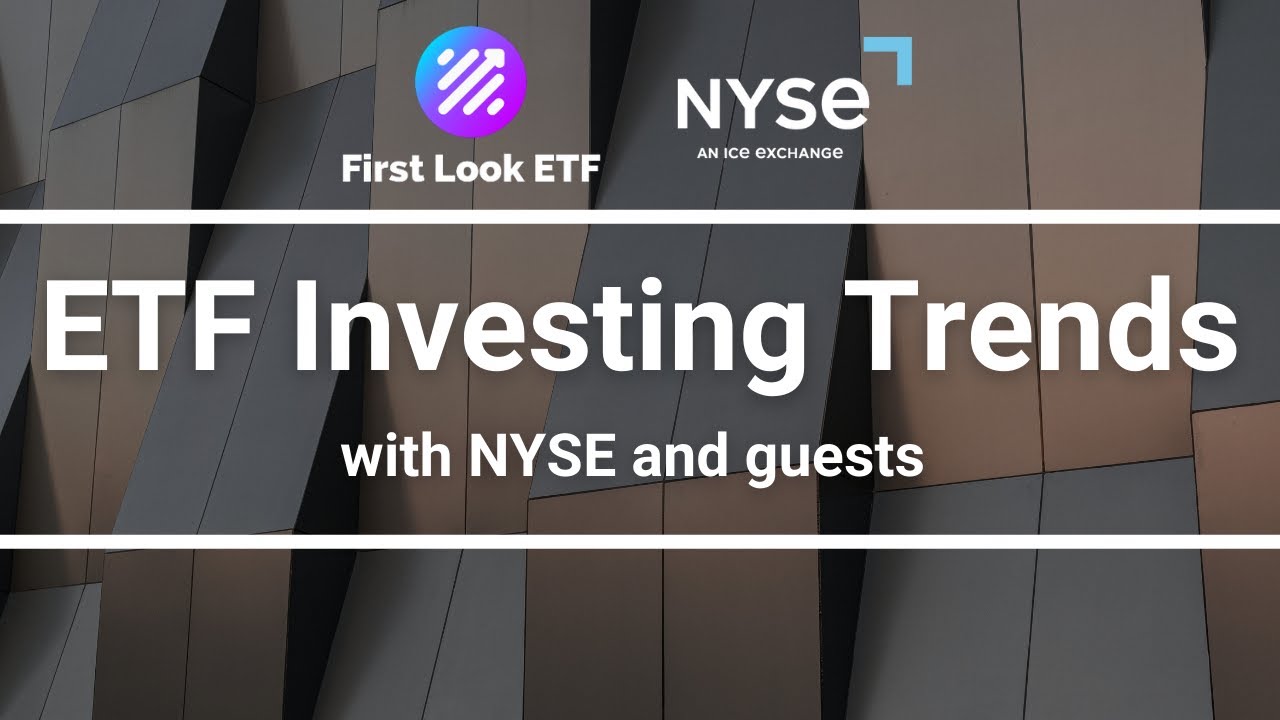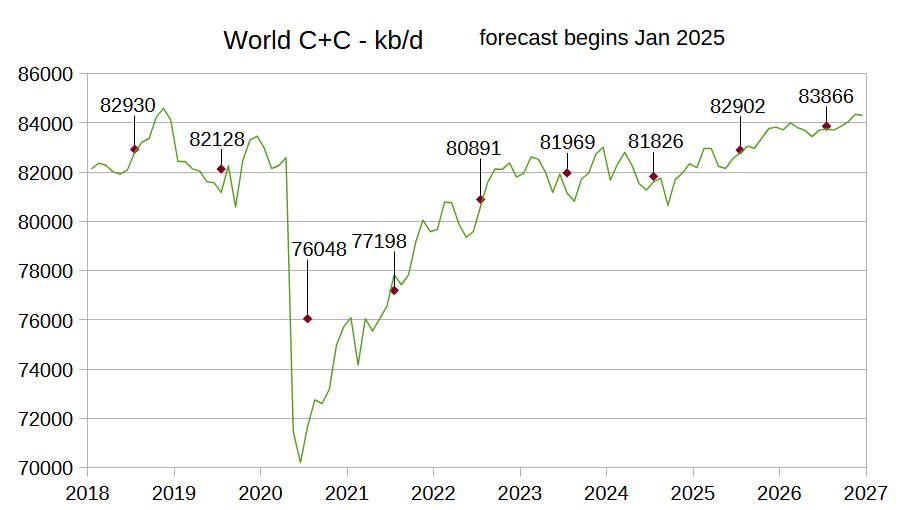Beware of These 6 Pitfalls That Come With Leveraged ETFs
Leveraged ETFs look like quick ways to get rich without taking out margin. For instance, ProShares UltraPro QQQ (NASDAQ:TQQQ) is a 3x leveraged version of the Nasdaq 100. Shares of this leveraged ETF are up by 41% over the past year and have gained 210% over the past five years. However, there are risks lying […] The post Beware of These 6 Pitfalls That Come With Leveraged ETFs appeared first on 24/7 Wall St..

Leveraged ETFs look like quick ways to get rich without taking out margin. For instance, ProShares UltraPro QQQ (NASDAQ:TQQQ) is a 3x leveraged version of the Nasdaq 100. Shares of this leveraged ETF are up by 41% over the past year and have gained 210% over the past five years.
However, there are risks lying beneath the surface, and you can lose a lot of money even when these stocks are moving in your favor. These are some of the pitfalls that come with leveraged ETFs.
Key Points
-
Leveraged ETFs sound very exciting at first glance.
-
However, their mechanics make them vulnerable to underperforming the benchmarks that they track.
-
4 million Americans are set to retire this year. If you want to join them, click here now to see if you’re behind, or ahead. It only takes a minute. (Sponsor)
The Trade Can Move Against You

The first risk of leveraged ETFs is that they can move against you. While any stock or ETF presents this risk, it’s worth emphasizing for a leveraged ETF. If QQQ loses 10% in a single month, the TQQQ ETF will lose 30% of its value.
There’s a famous saying that the market can remain irrational longer than you can remain solvent. While it’s easier to be patient and wait for a fund like QQQ to recover from a correction, a 33% drop in QQQ can wipe out your entire TQQQ position. During some bad months, QQQ can drop by more than 10%, and that translates into massive losses for leveraged ETF holders.
High Volatility

High volatility is another concern with leveraged ETFs. You will have to get comfortable with 5% daily price swings in either direction, especially if you use a 3x leveraged ETF.
Not every investor can stomach that level of volatility, even the investors who are comfortable with taking risks. A sharp decline can cause investors to panic and exit their positions at the wrong time. It’s better to invest in a reliable stock or growth ETF that you feel comfortable holding during market corrections.
Post-Market News Can Catch You Off Guard

Post-market news can catch any investor off guard. Any announcements about economic conditions or a company’s earnings report can lead to significant after-hours losses. While it’s easier for long-term investors to bounce back, the same luxury isn’t available for leveraged ETF holders. A triple-leveraged ETF turns a 10% loss into a 30% loss.
That’s why leveraged ETFs are more popular among traders. They can exist in positions by the end of the trading day to leave themselves less vulnerable to overnight uncertainties.
Daily Resets

Daily resets are a problem that specifically applies to leveraged ETFs, and you’ll find that to be the case for the other two issues with these funds.
These resets are a key function of how leveraged ETFs work. Instead of buying shares with 3x leverage, these funds use derivatives (i.e., options) to get enough exposure to the underlying asset.
Leveraged ETFs must buy more derivatives when the underlying asset’s value increases. A bigger position makes it more vulnerable to losses.
For instance, if a $1,000 position goes up by 5%, it now becomes $1,050. In a normal scenario, a corresponding 5% drop turns a $1,050 position into a $997.50 position.
However, it’s different for leveraged ETFs. If the benchmark is valued at $1,000, the 3x leveraged ETF offers exposure to $3,000. A 5% jump is a 15% jump for the leveraged ETF, turning a $1,000 investment into $1,150.
The first day indicates how much extra you can make with a leveraged ETF. However, the fund manager must buy more exposure to maintain 3x leverage. Now, $3,000 exposure turns into $3,450 exposure.
If the benchmark loses 5% of its value, the 3x leveraged ETF will drop by 15%. A $1,150 investment turns into $977.50. It’s a steeper drop than if you had bought the benchmark without any leverage.
The non-leveraged version only results in a 0.25% loss. However, you end up with a more sizable 2.25% loss with the leveraged ETF.
The extra exposure leads to higher losses during down days due to daily resets. Furthermore, fund managers must sell off some of their exposure during bad market days, reducing the strength of an upswing if the market recovers.
Time Decay

Time decay is another factor that influences leveraged ETF returns, and not for the better. Options have expiration dates, and as the expiration date gets closer, the contract loses value. If an option expires while the position is out of the money, it becomes worthless.
This time decay causes leveraged ETFs to lose value even when the market remains flat. Options gain the most value when the market is moving sharply in a favorable direction. While losses will hurt an option’s value, time decay also plays a role. A flat week leads to more time decay as an option’s expiration date draws closer.
High Expense Ratios

Leveraged ETF fund managers cannot take a passive approach. They regularly have to trade options to ensure the fund has the amount of leverage it promises. Those active traders result in high expense ratios.
Some leveraged ETFs have expense ratios that are above 1%. For instance, the Direxion Daily NVDA Bull 2X Shares ETF (NASDAQ:NVDU) has a 1.04% net expense ratio. A high expense ratio makes it even harder to generate a meaningful profit from a leveraged ETF.
While leveraged ETFs sound exciting, it’s important to know how they work before investing. It’s less risky to invest in the underlying benchmark, and that can also result in better long-term returns.
The post Beware of These 6 Pitfalls That Come With Leveraged ETFs appeared first on 24/7 Wall St..


















































